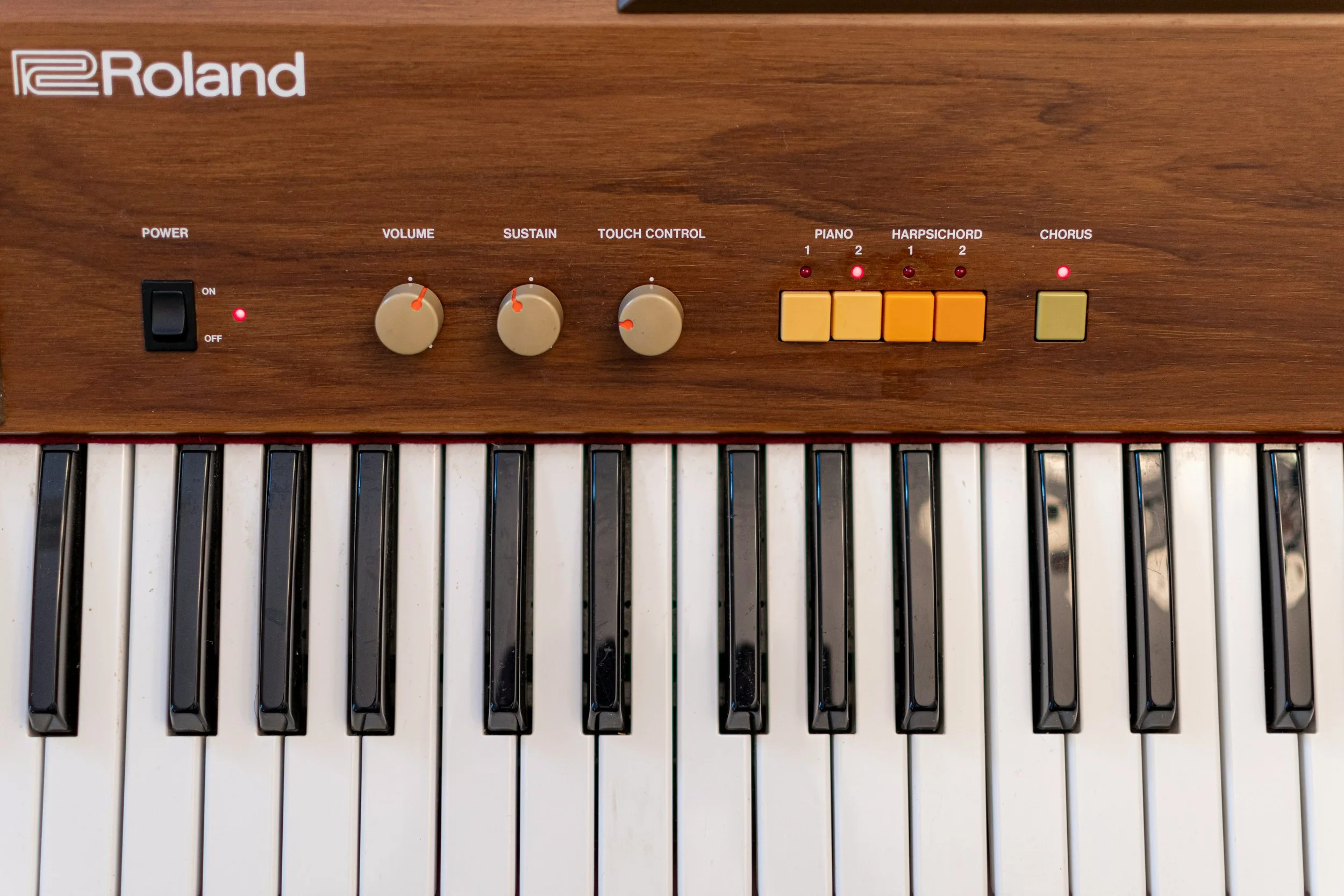The Ultimate Beginner’s Guide to Choosing the Right Piano
If you’ve ever dreamed of playing the piano, you’re not alone. Pianos have captivated musicians and listeners for centuries. But if you’re new to the world of pianos, choosing the right one can feel overwhelming. Grand, baby grand, upright, spinet, digital – what’s the difference, and which one is best for you? Let’s break it down so you can find the perfect piano to suit your needs and goals.
Types of Pianos
1. Grand Pianos
Grand pianos are the pinnacle of piano craftsmanship. These majestic instruments have horizontal strings and an open lid, creating a rich, resonant sound. Grand pianos come in various sizes, ranging from 5 to 9 feet or longer.
Best for: Professional musicians, dedicated hobbyists, and anyone with ample space and budget.
Pros: Exceptional sound quality, dynamic range, and responsiveness.
Cons: Expensive and large; requires significant space and maintenance.
2. Baby Grand Pianos
A baby grand piano offers the elegance and sound of a grand piano but in a more compact size (typically under 6 feet).
Best for: Intermediate players and those who want a high-quality piano without the size of a full grand.
Pros: Great sound in a smaller footprint; adds aesthetic value to a room.
Cons: Still pricey and requires regular maintenance.
3. Upright Pianos
Upright pianos, also known as vertical pianos, have vertical strings and a compact design. They’re the most common type found in homes and schools.
Best for: Beginners, casual players, and families.
Pros: Affordable, space-efficient, and durable.
Cons: Sound quality isn’t as rich as a grand piano.
4. Spinet Pianos
The smallest type of upright piano, spinet pianos, have a compact design and are popular in smaller homes or apartments.
Best for: Beginners with limited space and budget.
Pros: Inexpensive and compact.
Cons: Lower sound quality and less responsive keys compared to larger pianos.
5. Keyboards
Portable keyboards are lightweight, affordable, and versatile. They’re ideal for casual players and those just starting their musical journey.
Best for: Beginners, travelers, and those experimenting with piano.
Pros: Budget-friendly, portable, and often come with built-in features like rhythms and recording capabilities.
Cons: Limited key range (often 61 or 76 keys) and lack the touch and feel of a traditional piano.
6. Digital Pianos
Digital pianos mimic the feel of an acoustic piano while offering modern features like volume control, recording, and connectivity to apps.
Best for: Beginners, apartment dwellers, and tech-savvy players.
Pros: Compact, no need for tuning, headphone compatibility, and various sound options.
Cons: Sound and feel may not perfectly match an acoustic piano.
How to Choose the Right Piano for You
When deciding on a piano, consider the following:
Your Skill Level: Are you a complete beginner or someone with prior experience?
Space: Measure the available space in your home. Grand and baby grand pianos need significantly more room than uprights or digital pianos.
Budget: Set a budget. Remember to factor in maintenance costs for acoustic pianos.
Purpose: Are you pursuing piano as a serious hobby, career, or casual pastime?
Sound Preference: Acoustic pianos offer a traditional, organic sound, while digital options provide versatility.
Future Goals: Will your piano grow with you as you improve?
Recommendations
For Beginners: Start with a digital piano or an upright piano. Digital pianos with weighted keys provide a good foundation, and uprights offer an authentic acoustic experience.
For Limited Space: Consider a spinet or a compact digital piano.
For Aspiring Musicians: If budget and space allow, a baby grand or grand piano will deliver the best experience.
For Families: Upright pianos are durable and ideal for shared use.
Final Thoughts
Choosing your first piano is an exciting step toward a rewarding musical journey. Take your time to explore different options, try them out if possible, and prioritize what matters most to you. Whether you’re playing Chopsticks or Chopin, the right piano will make every note a joy to play.
Happy playing!





